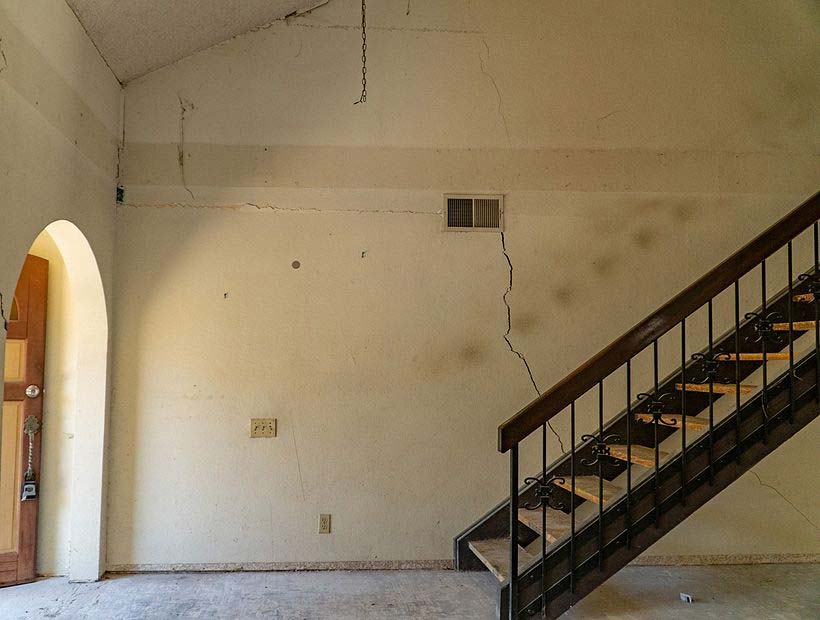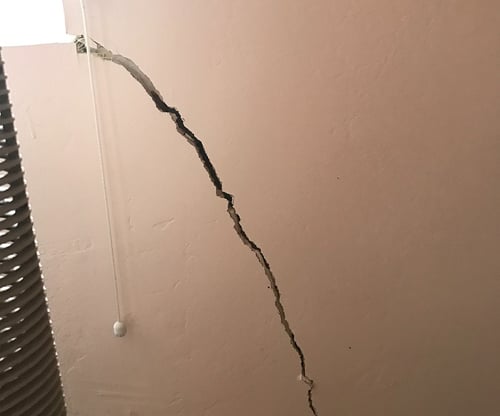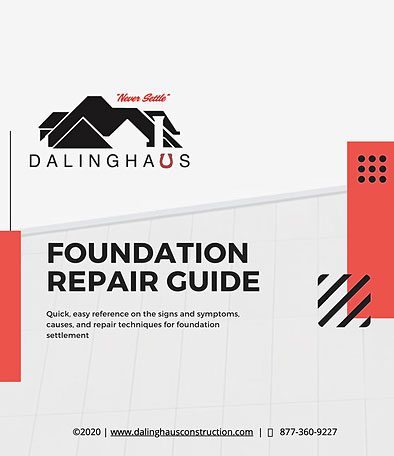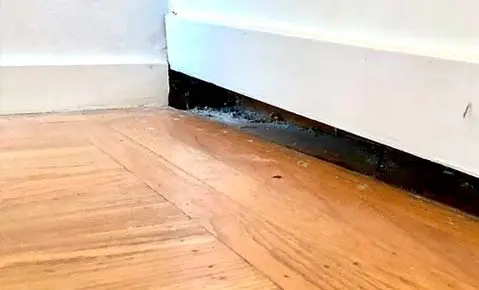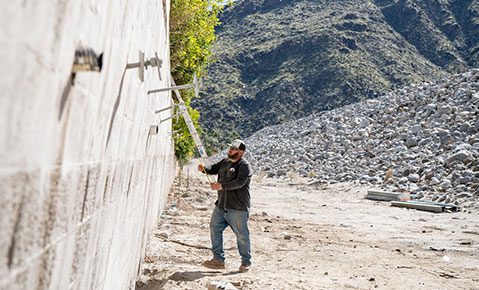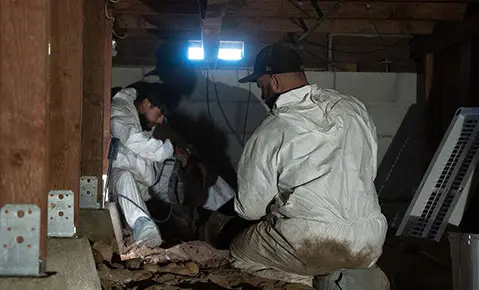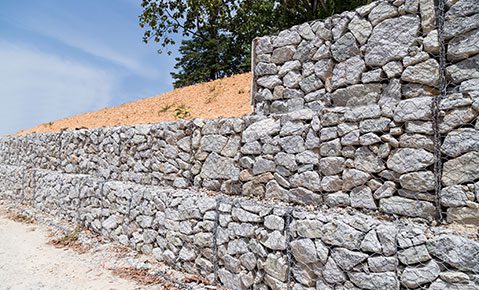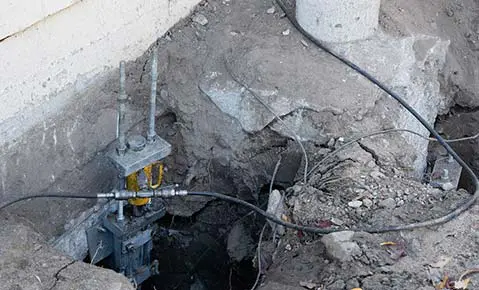The ever-common drywall crack can mean a variety of things. More often than not it is trying to tell you something that may be going on with your home. A drywall cracks can appear in a variety of places, but most commonly they are found at the edges of doors and window frames. Let’s dive a little deeper into why these cracks are appearing.
CHANGING OF THE SEASONS
– Yes, believe it or not, drywall cracks can occur as the seasons change or even your weekly forecast. Your home is made up of mostly organic materials, such as wood. When there is high humidity in the air the wood in your framing can actually still absorb the moisture that is in the air. When this occurs, it will cause the wood to expand and if there is not enough room for the wood to expand it will levitate the stress by causing a crack in the drywall. This usually is found right after a heavy rain storm or if you have a drastic and sustained fluctuation in your humidity levels. On the other hand, if you go from a rainy season to a very dry season, such as we typically experience in Southern California, you will have the same effect. The wood will expand in the rainy months and then dry out and shrink in the hotter, dryer summer months. This typically goes unnoticed but can be made prominent with a long duration of either the dry summer months or wet winter months.
EARTHQUAKES!!!
– Most of the time your home is built soundly enough to absorb most of the earthquakes that we experience here in Southern California. The rolling earthquakes are easily absorbed by the home and typically these don’t impact your home as the fast, hard-hitting ones do. Obviously, regardless of the type of earthquake, you may experience cracking of drywall within your home. The age of your home will also play a role in how well your home reacts to earthquakes. Older homes are typically not designed as well as newer homes to absorb these earth movements.
FOUNDATION SETTLEMENT
– Now drywall cracks don’t always mean that you have a foundation settlement problem. We just went through 2 of the most common reasons those drywall cracks wouldn’t be from movement in your home’s foundation. One way to test is to cross off all of the above-mentioned events, no change in weather and no recent earthquakes. On top of that, if you notice any uneven floors, more than likely you have a bigger underlying issue.
Your house has a way of talking to you in its own unique way. It can give you small subtle signs that it needs to have things looked at, repaired, or replaced. Now understanding what those signs are telling you will lead to the underlying cause of your home speaking up.
